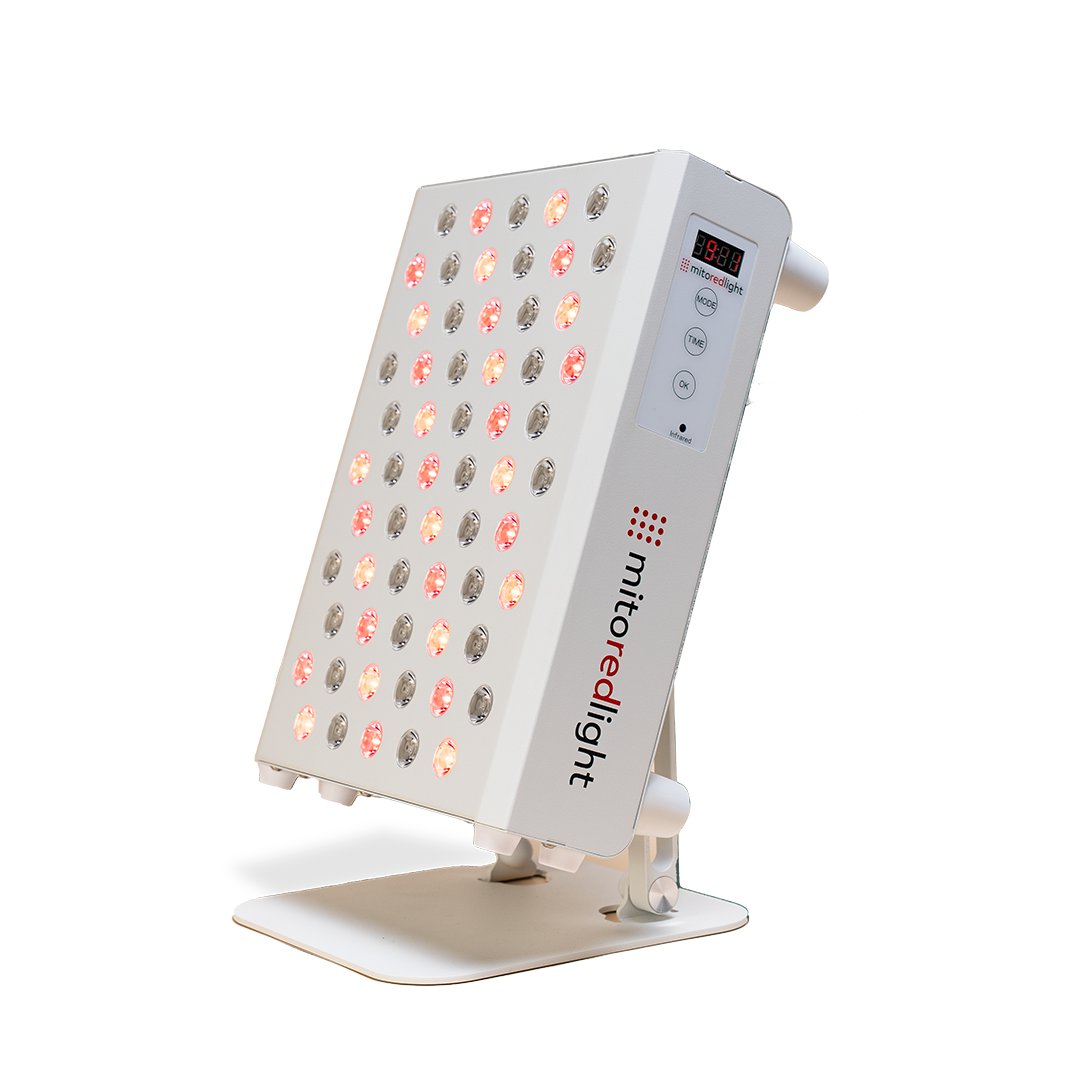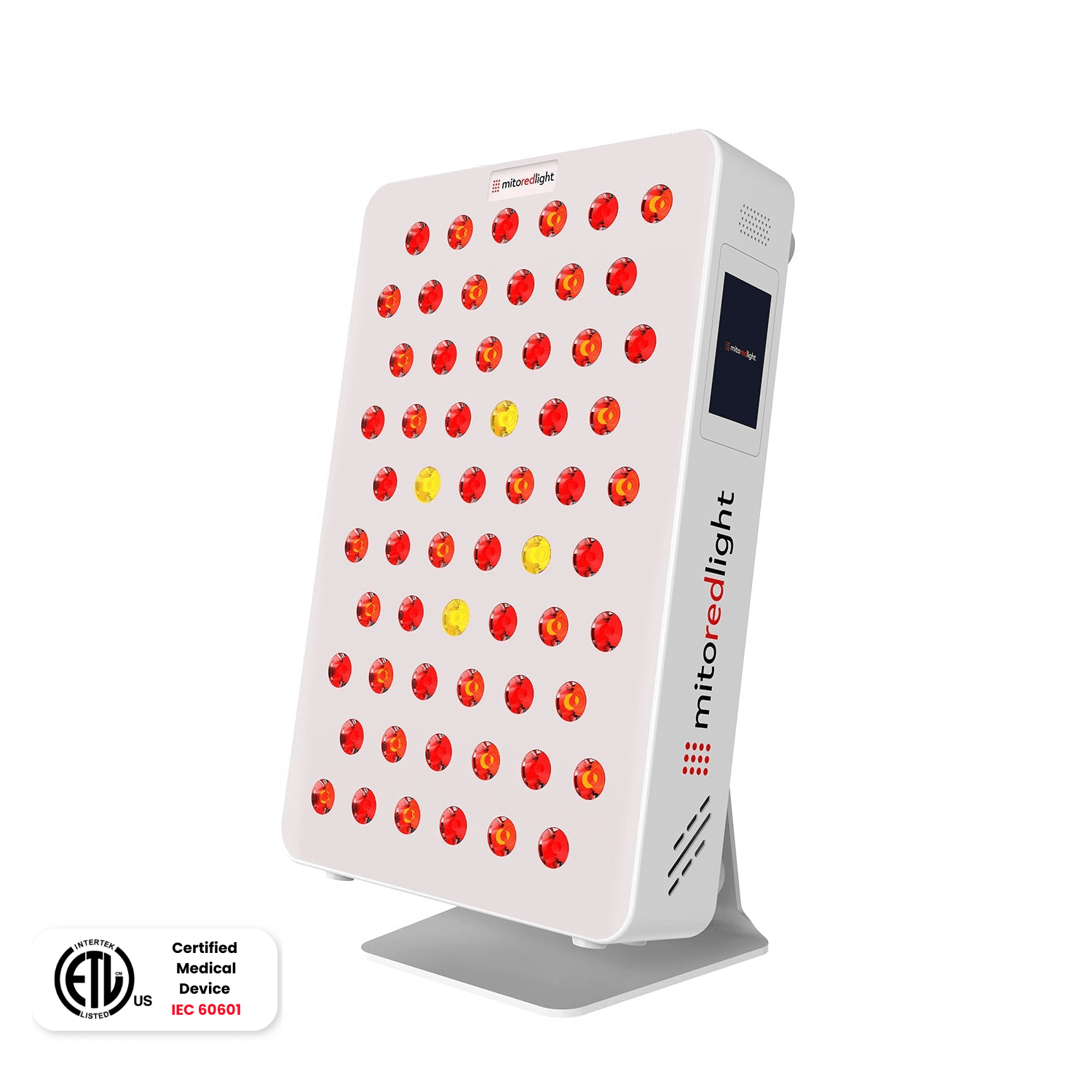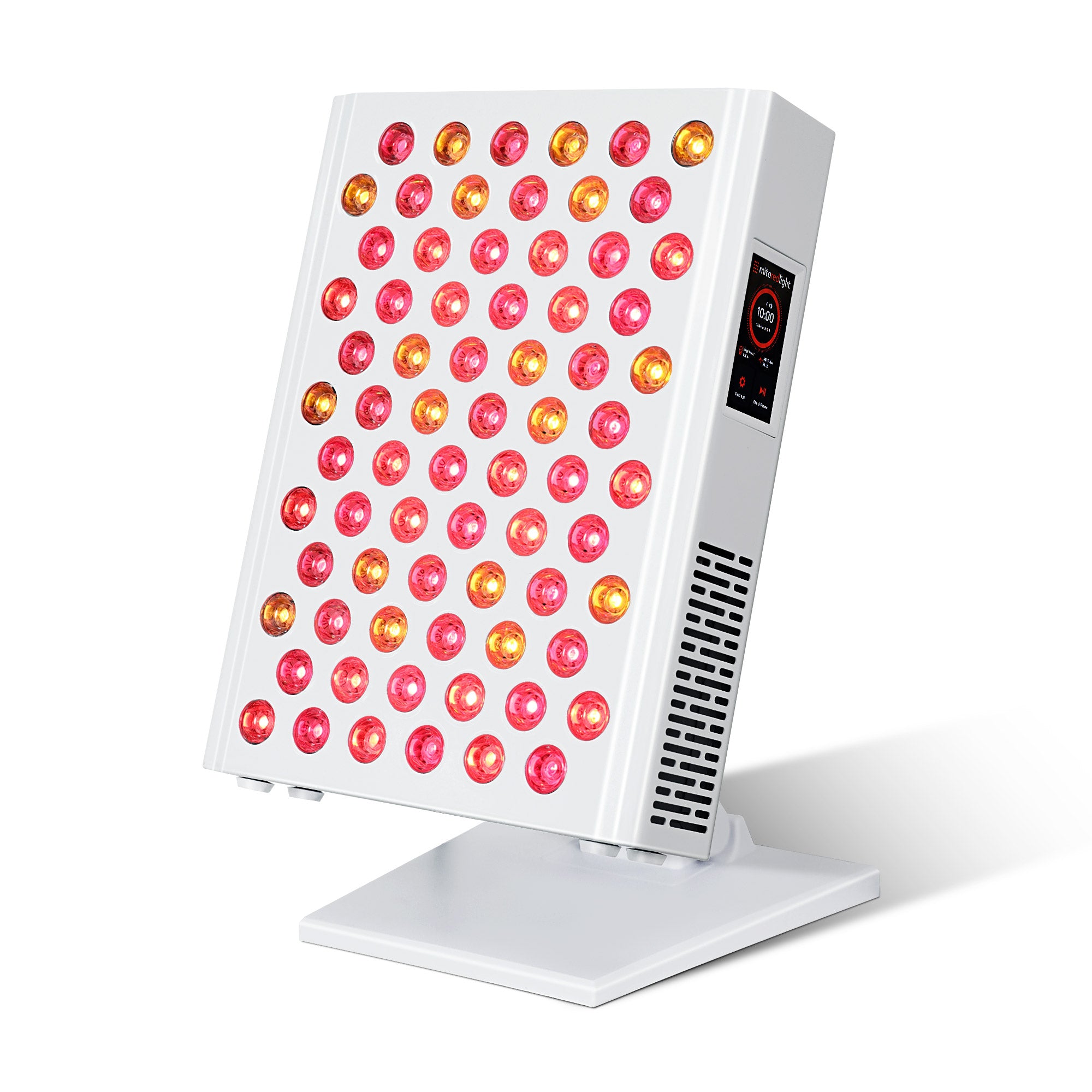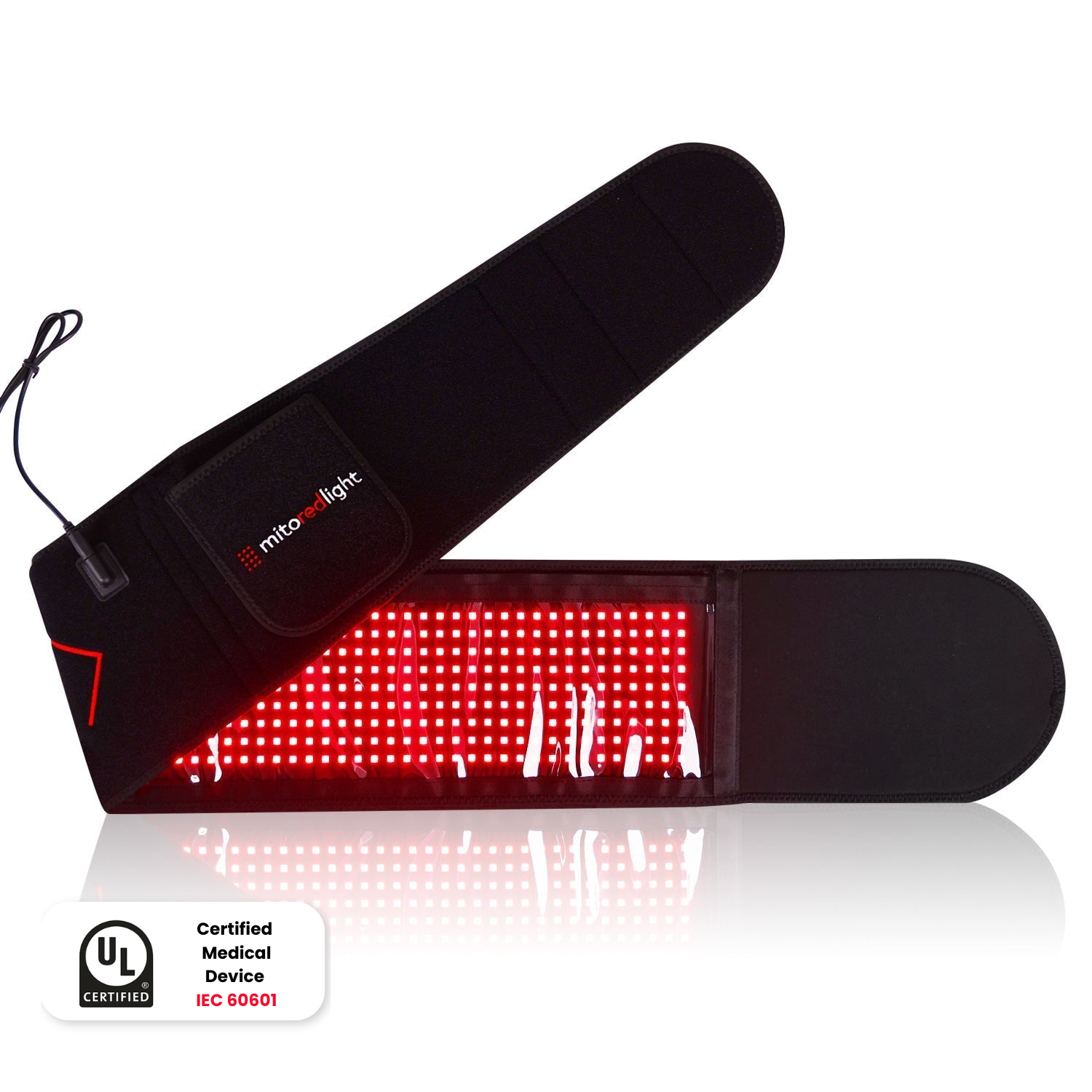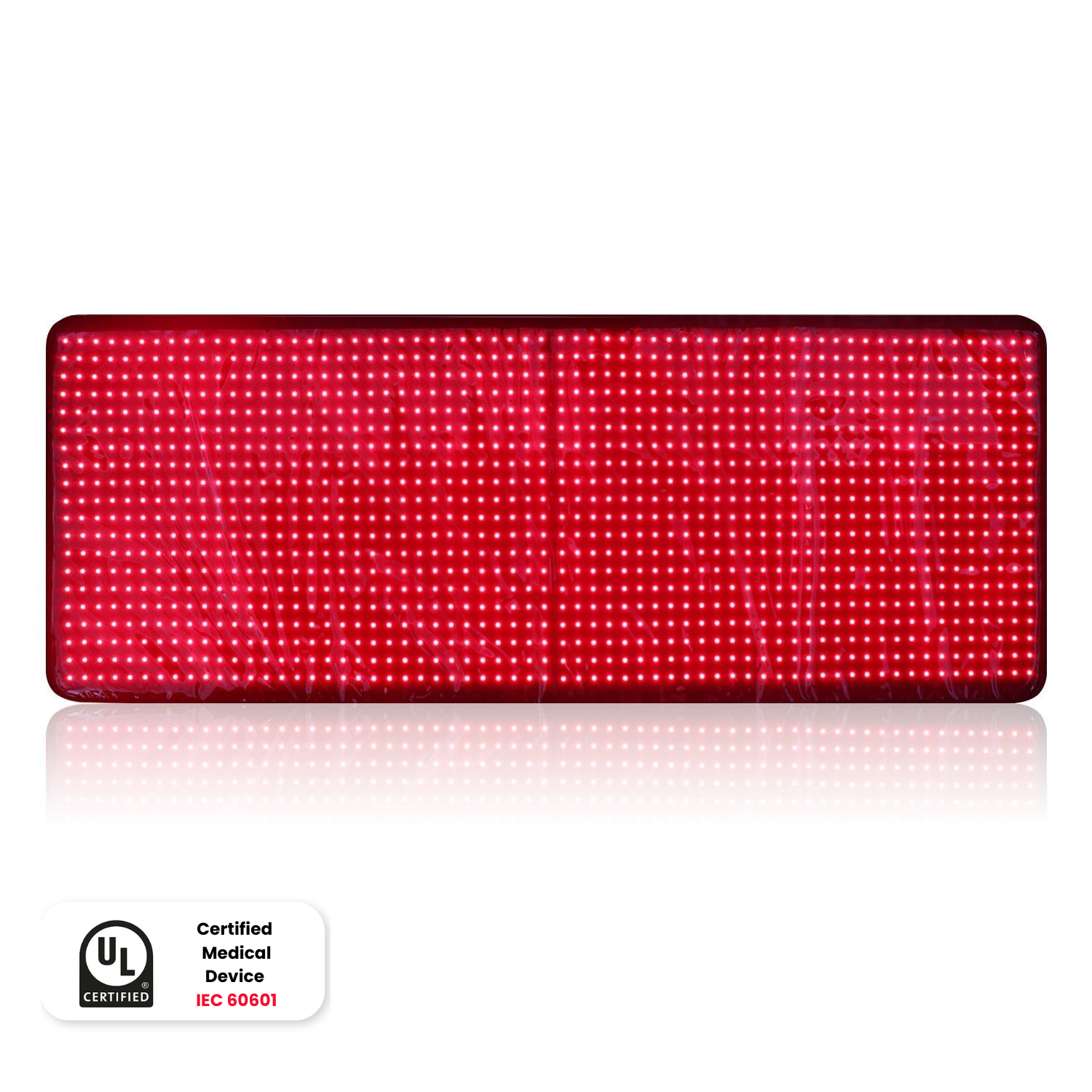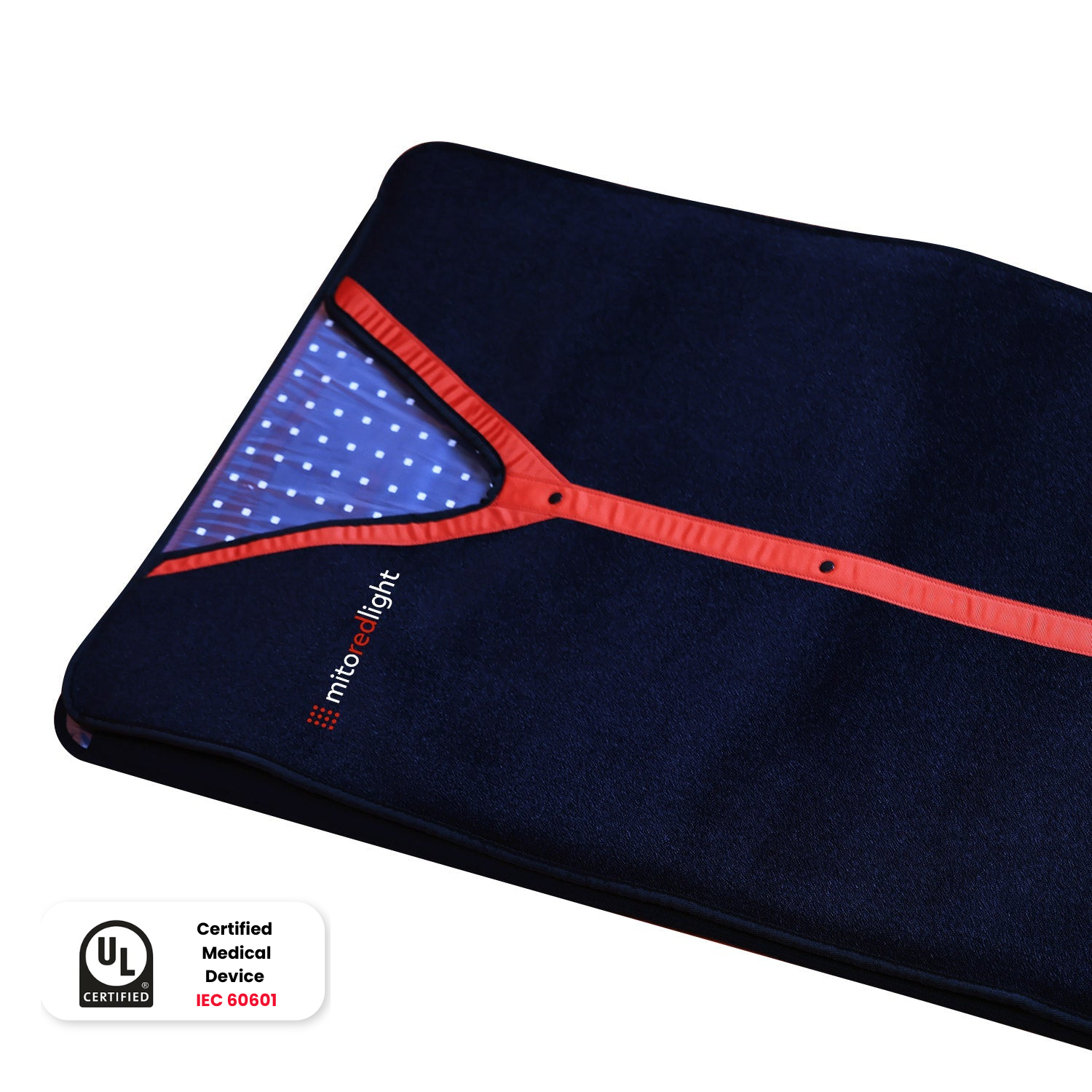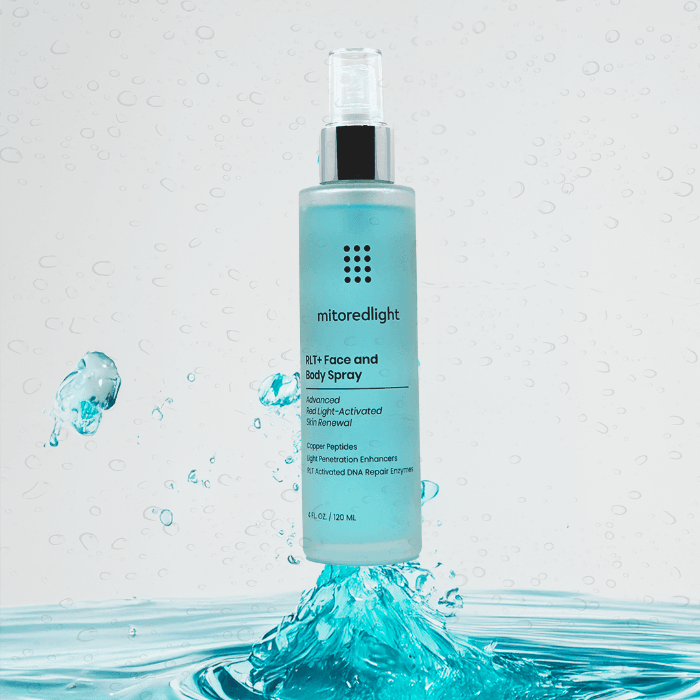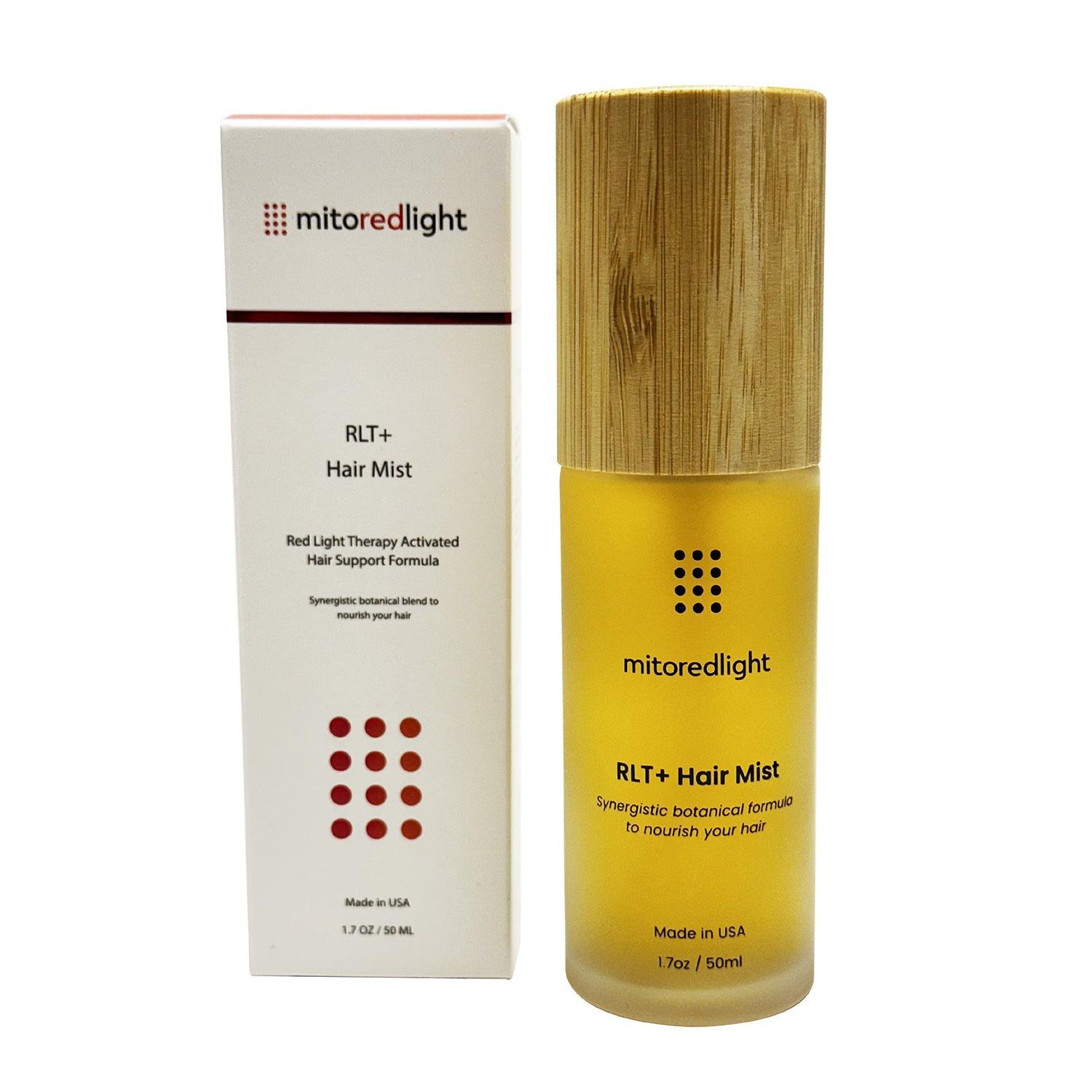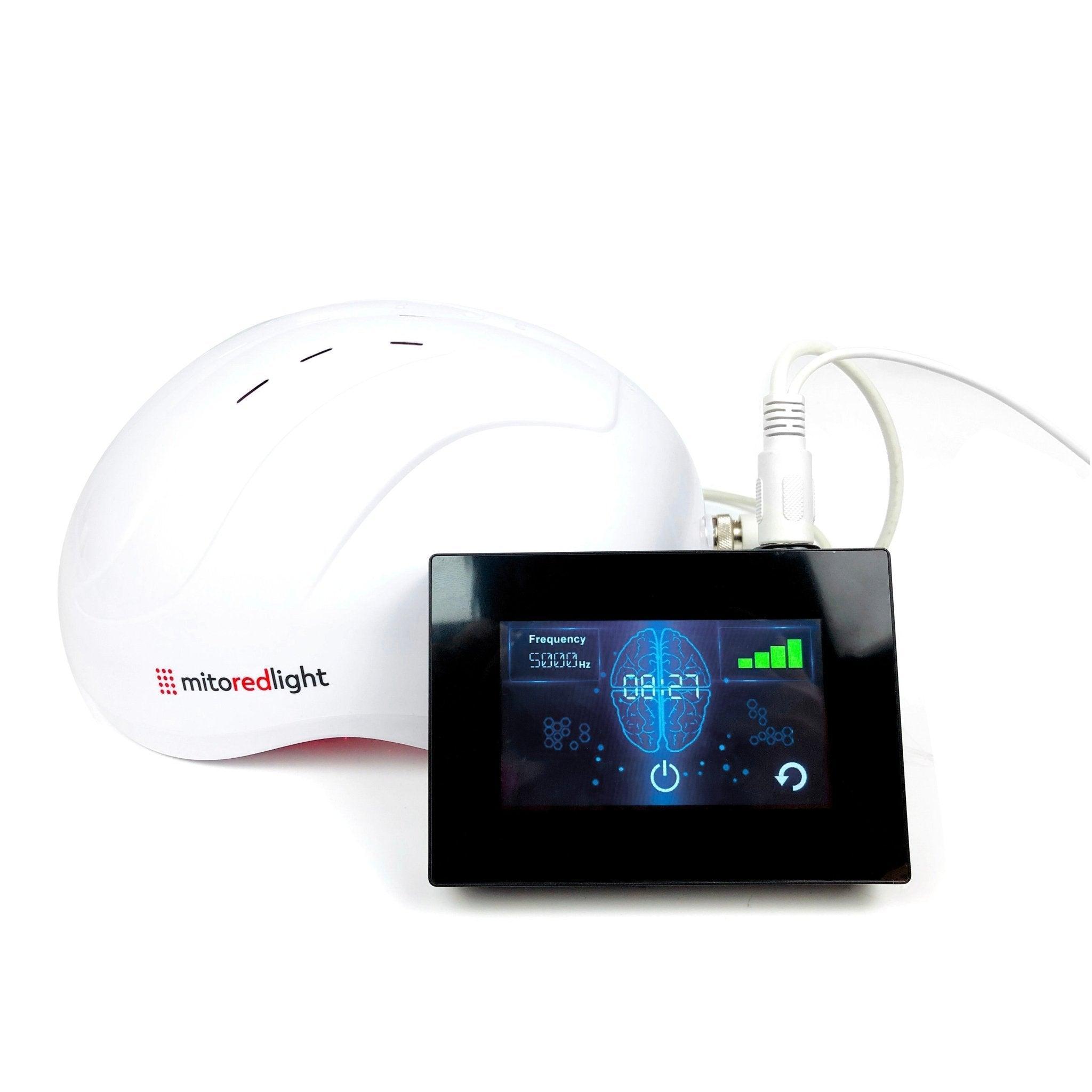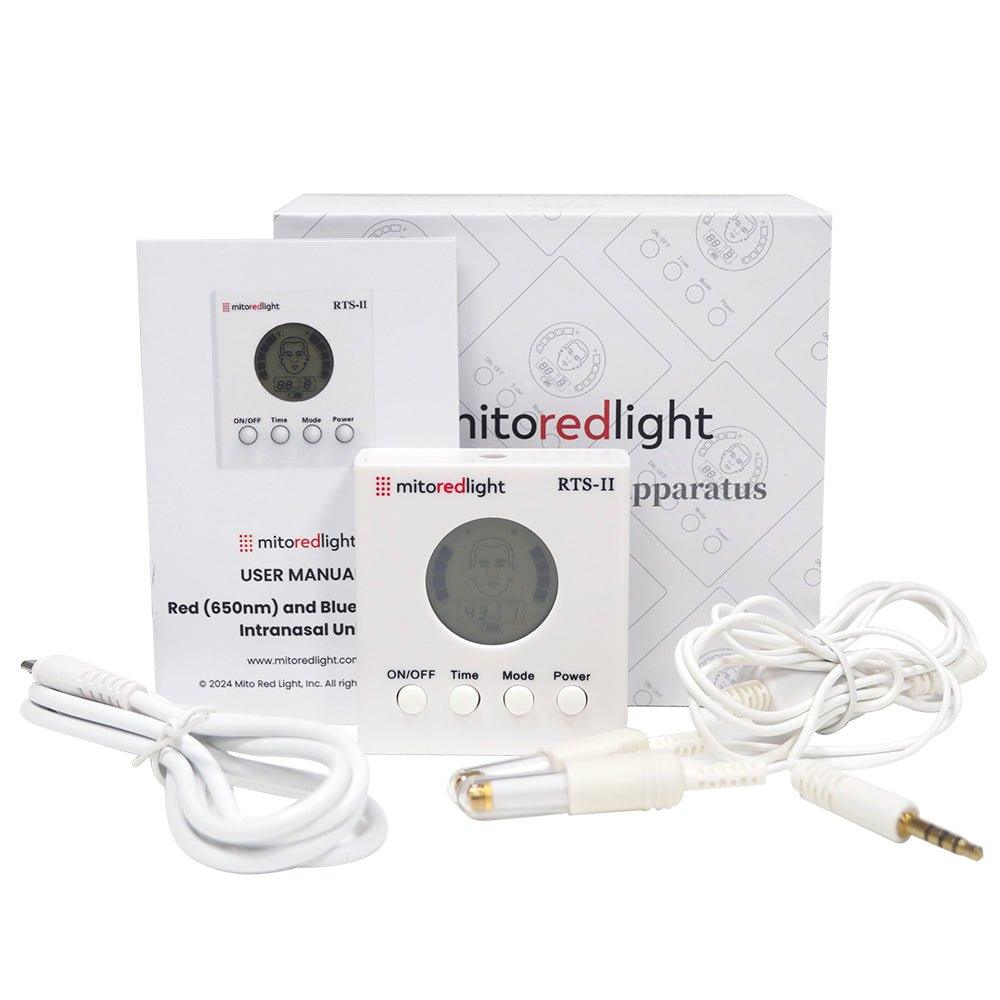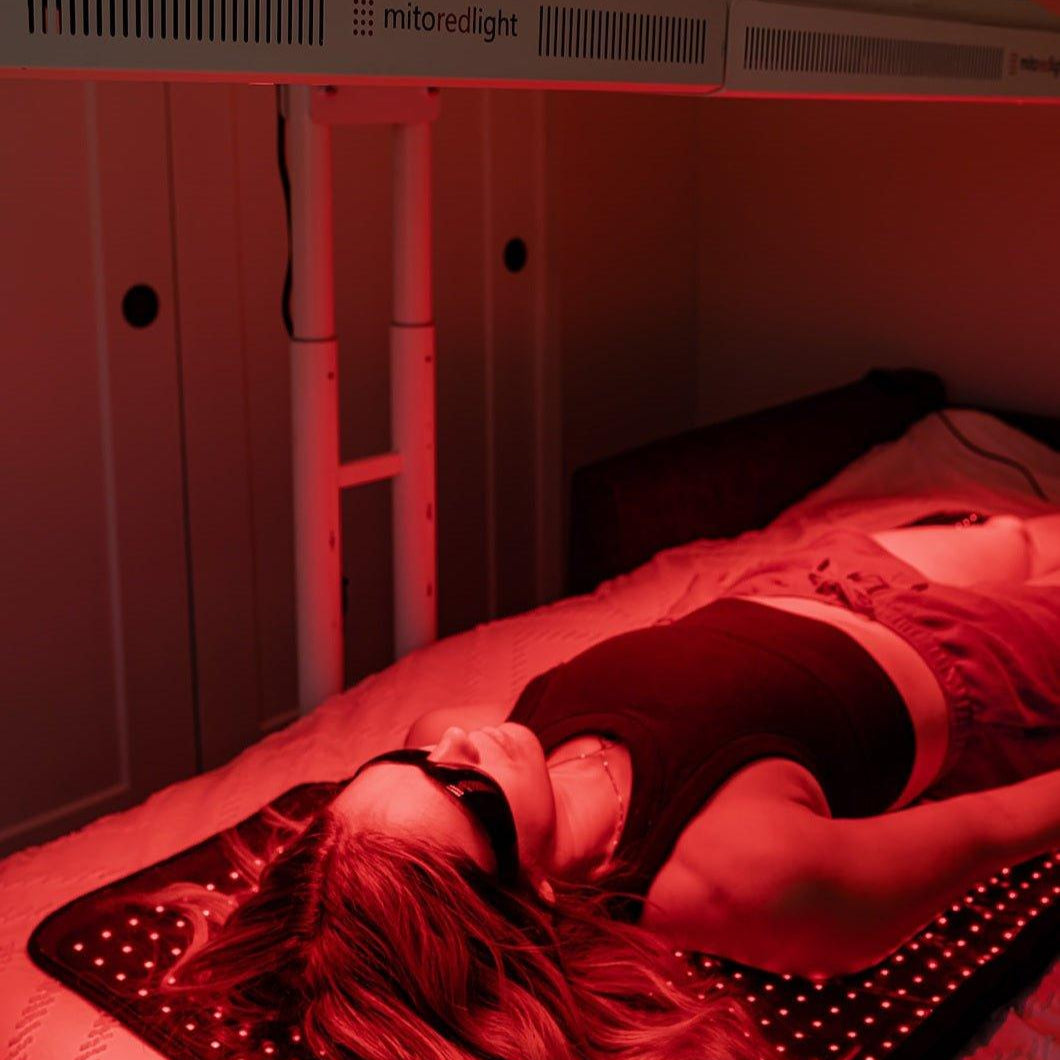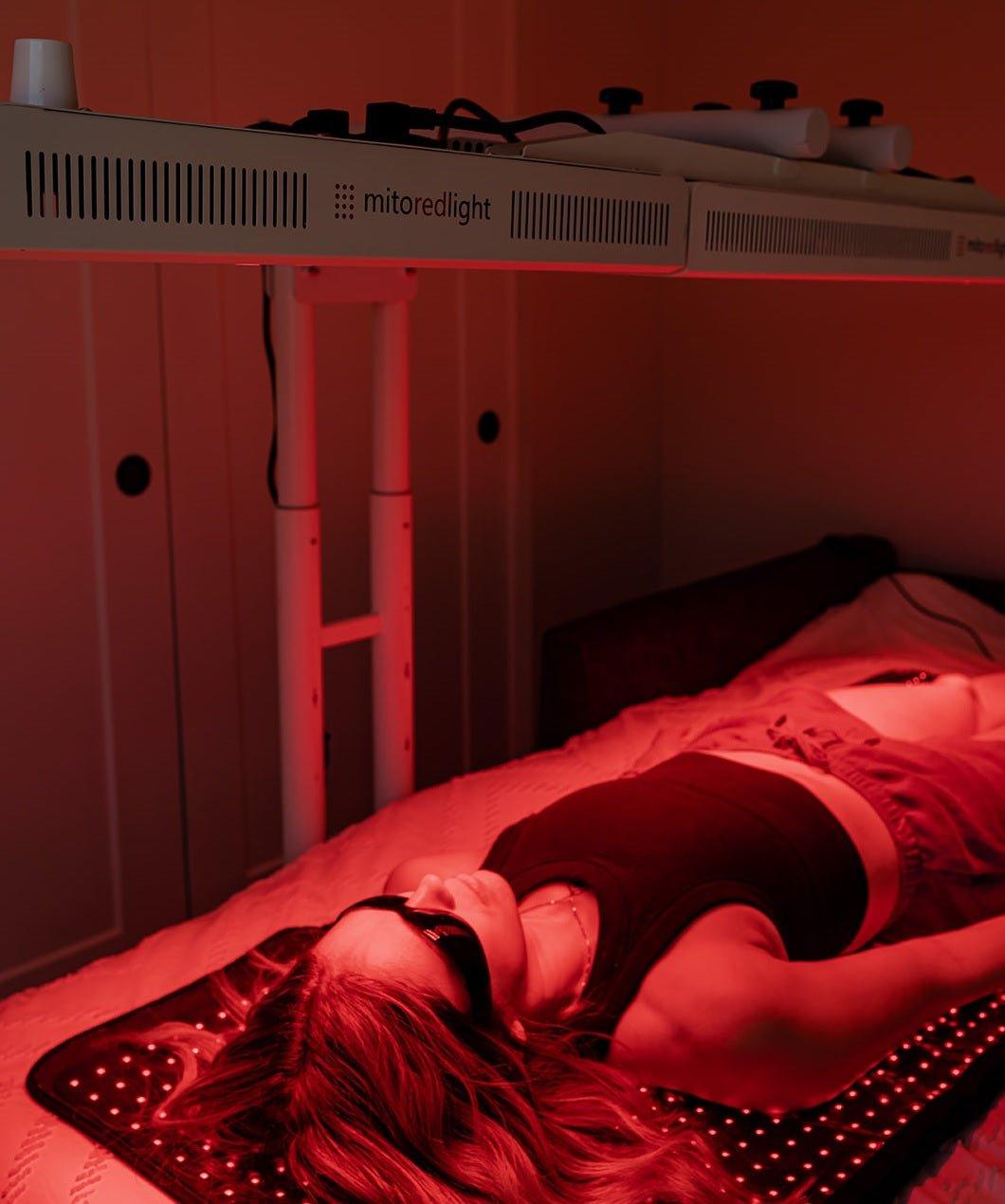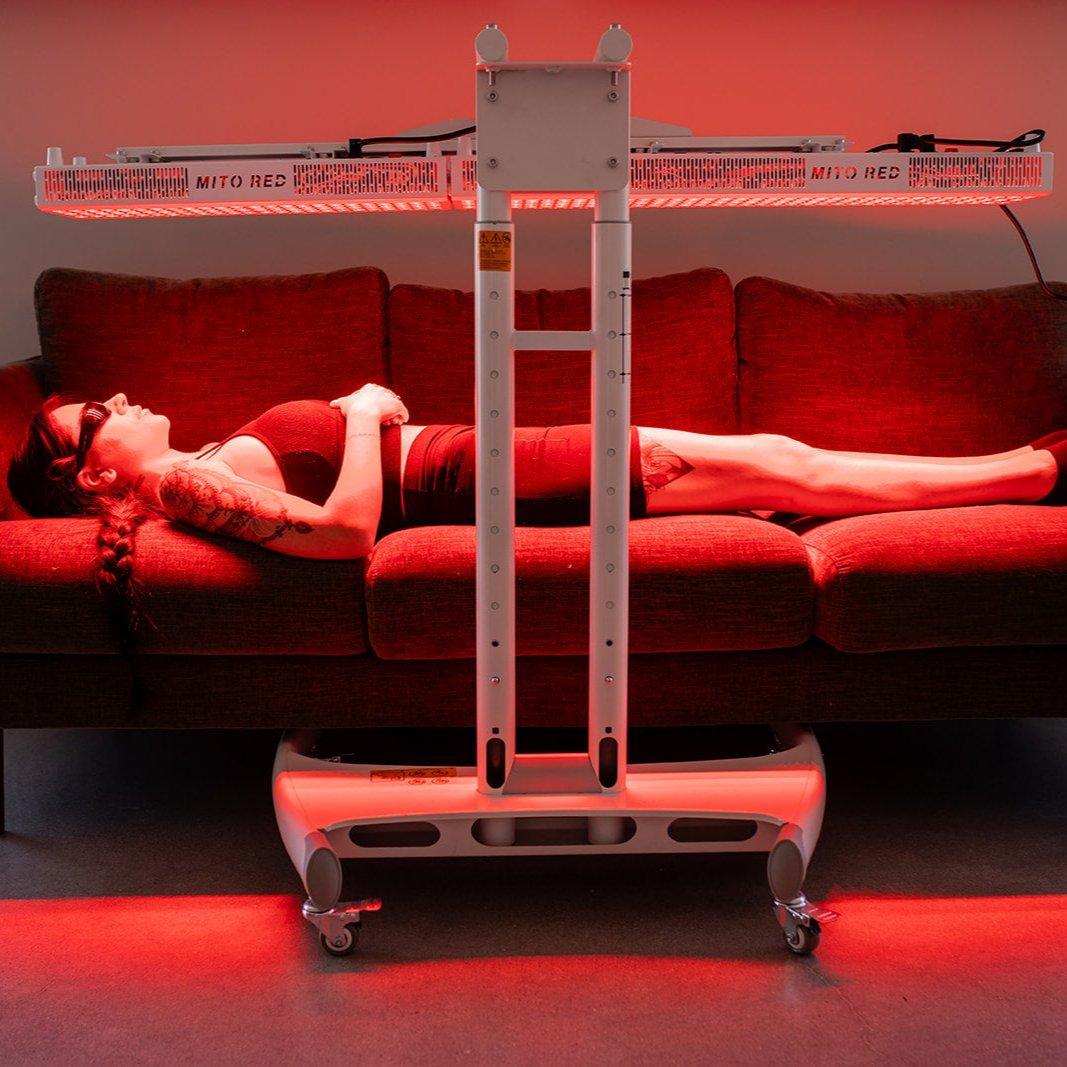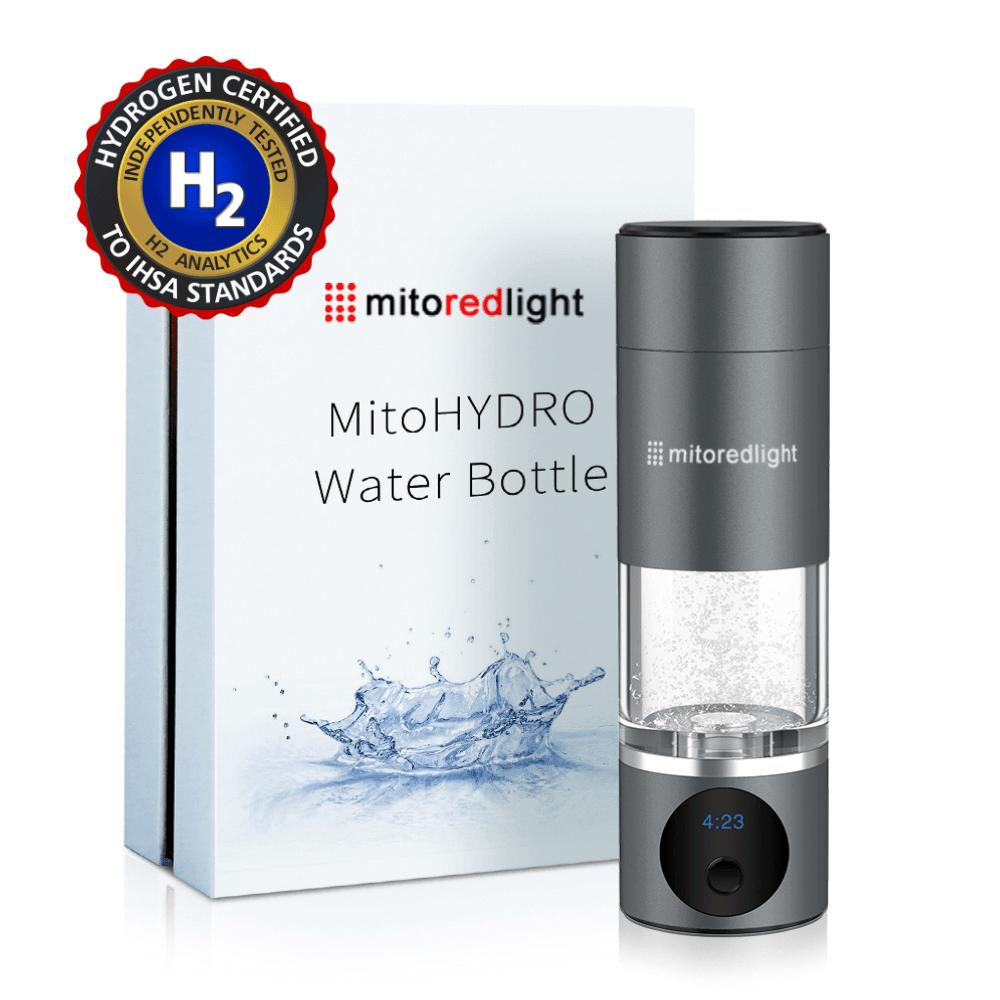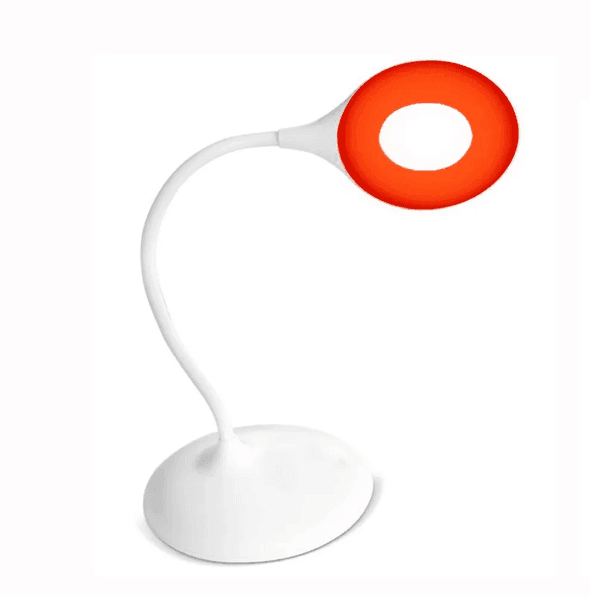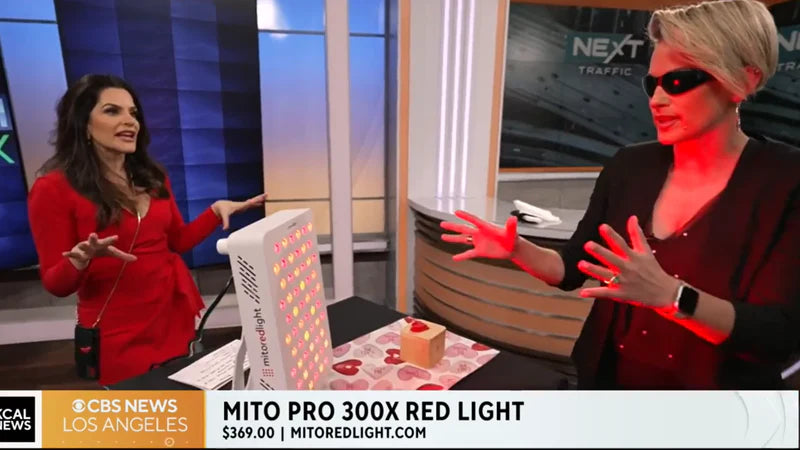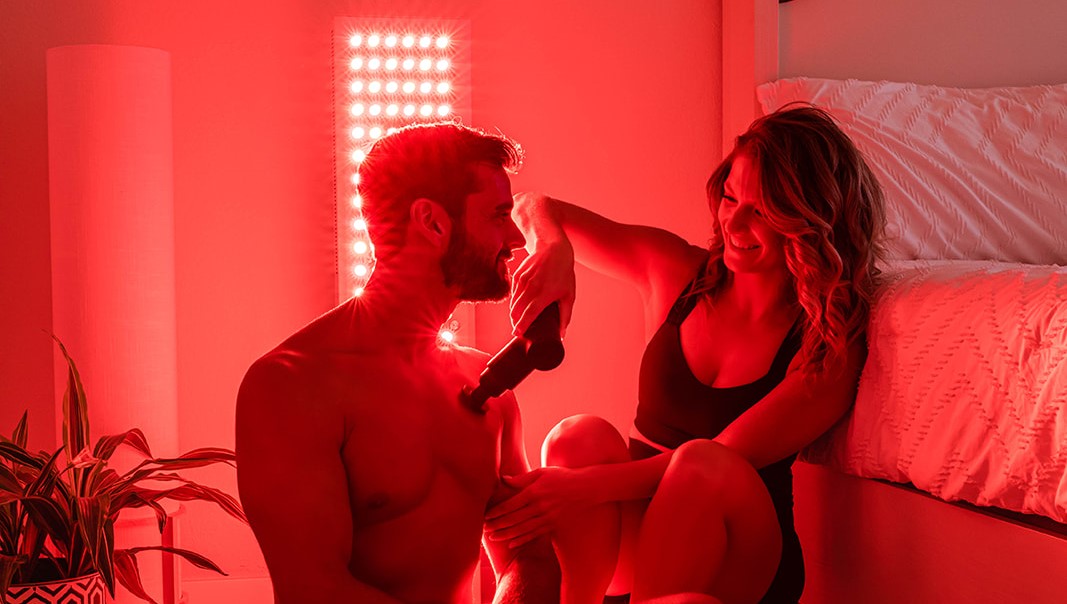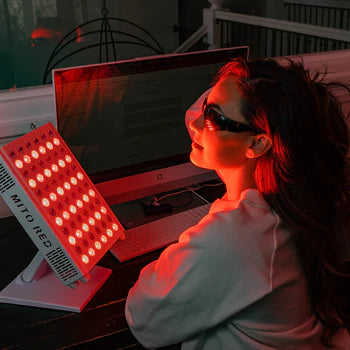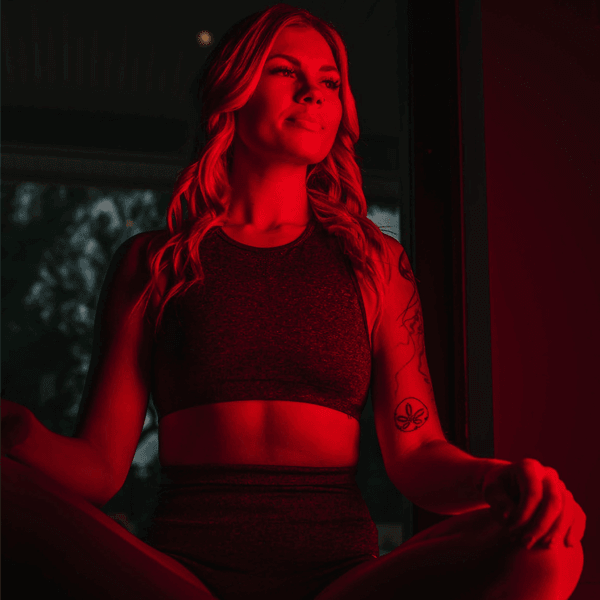Reviewed by Dr. Melania Montes, PhD, UC Berkeley- Expert in Cell Biology
A little blue light can go a long way when it comes to skincare. It’s a non-invasive and quick way to complement your skincare regime, and it can help with everything from clogged pores to acne, offering a holistic approach to skin health.
Understanding Your Skin's Needs
Blue light therapy is not recommended for anyone with photosensitivity disorders such as porphyria, a blood disorder that causes increased light sensitivity. Caution is also advised in individuals with darker skin tones due to the risk of hyperpigmentation (darker patches of skin), and while it can be very effective in treating acne, it won’t work for everyone (1).
If you have chronic acne and suffer from regular breakouts, consider booking an appointment with your dermatologist. They can provide in-office treatments that are stronger than your ones you buy for at-home use, and they can also advise on the latter for a more long-term solution.
If you’re using at-home devices, focus on key problem areas first and maintain realistic expectations. It won’t work overnight, and while most people notice some improvements, it’s not a panacea and won’t work for everyone or every issue.
Products That Enhance Blue Light Effectiveness
You may need to adjust your skincare routine to incorporate blue light therapy.
It should always be used on a clean, freshly-washed face, as makeup, creams, and sunscreen can reduce the efficacy. Cleanse your face with mild soap and warm water before patting dry.
Avoid anything that could increase sensitivity, such as products containing retinoids and alpha hydroxy acids, as well as any strongly fragranced products that may irritate the skin.
There are also a few things that could improve your results:
· Protective Eyewear: If you’re receiving treatment on the skin near the eyes, such as with blue light panels or masks, always wear protective eyewear to block the harmful rays from penetrating your eyes.
· Photosensitizing ingredients: Products like Levulan (aminolevulinic acid (ALA)) increase reactivity and amplify the effects of the blue light, allowing the rays to penetrate deeper. This should not be used without medical supervision.
· Salicylic acid and benzoyl peroxide: Salicylic acid helps to exfoliate dead skin, while benzoyl peroxide can target the bacteria that cause acne, thus increasing the effects of blue light therapy (2). Consult your dermatologist before using this combination if you have sensitive skin.
· Niacinamide: A type of vitamin B3, niacinamide may mitigate the risks of hyperpigmentation and redness and is often used after a blue light session.
· Gentle exfoliants: A light exfoliation can remove dead skin cells and prepare the skin for a blue light therapy session. Check the ingredients, though, and avoid anything that contains retinoids and alpha hydroxy acids.
Post-Treatment Skincare
It’s good practice to follow a blue light therapy session with a little toner, something that can replenish the skin. This is especially important if you’re using blue light to treat acne and suffer from oily skin and clogged pores. If you have very dry and flaky skin, however, you should swap the toner for a simple moisturizer.
Sun protection is also vital. Your skin will be more exposed and susceptible, so load up on sunscreen and stay protected outdoors. Following a professional blue light therapy session, you’ll need to take extra precautionary steps, such as covering your head and neck and avoiding direct sunlight whenever possible.
Reapply sunscreen and moisturizer every few hours, keeping the skin hydrated and protected at all times. You should also refrain from touching your face too often and wash your hands to ensure you’re not transferring any bacteria from your hands to your face.
Always listen to your dermatologist and follow their instructions carefully. They will likely inform you that redness and irritation are common, but that you should watch out for any persistent pain and yellow patches that may indicate infection. At-home devices are not as strong, but it’s still important to follow the instructions carefully and keep your skin hydrated and protected at all times.
Creating a Weekly Schedule
At-home devices can be used several times a week or more. The MitoCLEAR® mask, for instance, is recommended for use every other day for acne and 4-5 times a week for anti-aging. You can work it into your weekly regime, being sure to stick with the recommended use time and following a regime that may include:
· Wash: Remove all makeup, creams, and sunscreen from your face.
· Before photos: Do your future self a favor and take some “before” pictures. It will help you to track your results, removing the indifference that uncertainty follows long therapy programs such as this.
· Lightly exfoliate: Don’t scrub. You want to remove dead skin cells and prepare your face without irritating it.
· Use blue light therapy: Wear your eye protection and use it only for the recommended duration.
· Moisturize: Use a toner if you have oily skin, followed by a non-fragranced moisturizer. If you have very dry skin, skip to the moisturizer.
· Wear sunscreen: Use sunscreen with at least SPF30 and reapply every two hours.
· After photos: Take pictures after your treatment and keep a diary to chronicle any irritation, pain, and changes you feel in the quality of your skin.
If you have a day or two when you know you’ll be inside the house and have some time to yourself, consider more concentrated treatments to expedite your results. You can book an appointment with a dermatologist or switch to a more intensive treatment option, such as the red light option on the MitoCLEAR® mask.
Conclusion
Blue light therapy is best utilized as part of a holistic skincare regime, one that includes toners and cleanses, as well as regular moisturizing and lots of skin protection. Your skin can undergo some radical changes in this time, so you should be ready to adapt, including using Vaseline to cover dry and irritated patches and cold compresses to manage swelling and irritation.
Remember, while this is a safe and effective method, there can be side effects, so keep an eye out for any concerning changes and always consult a dermatologist if there are any persistent issues.
References
- He X, Jin S, Dai X, Chen L, Xiang L, Zhang C. The Emerging Role of Visible Light in Melanocyte Biology and Skin Pigmentary Disorders: Friend or Foe? J Clin Med. 2023; 12(23):7488.
- Arif T. Salicylic acid as a peeling agent: a comprehensive review. Clin Cosmet Investig Dermatol. 2015; 8:455-61.
DISCLAIMER: Mito Red Light devices are not clinically proven to diagnose, treat, cure, or prevent any medical conditions. Mito Red Light devices are low / risk general wellness devices aimed at affecting the body through supporting cellular function. The scientific studies referenced in this article are for educational and informational purposes only and are meant to educate the reader on the exciting and growing field of phototherapy. To see a list of precautionary warnings and contraindications, click here
